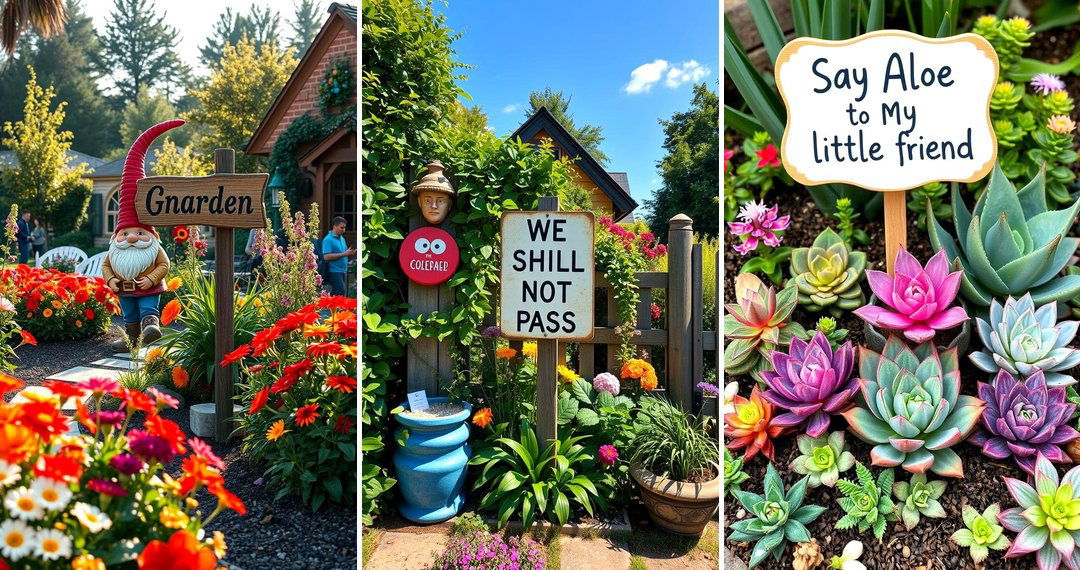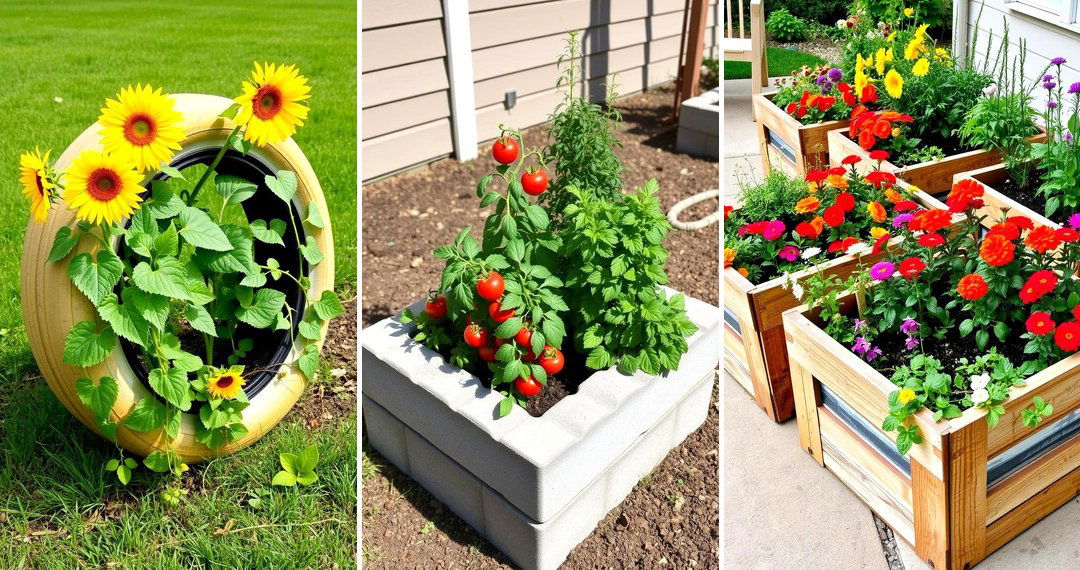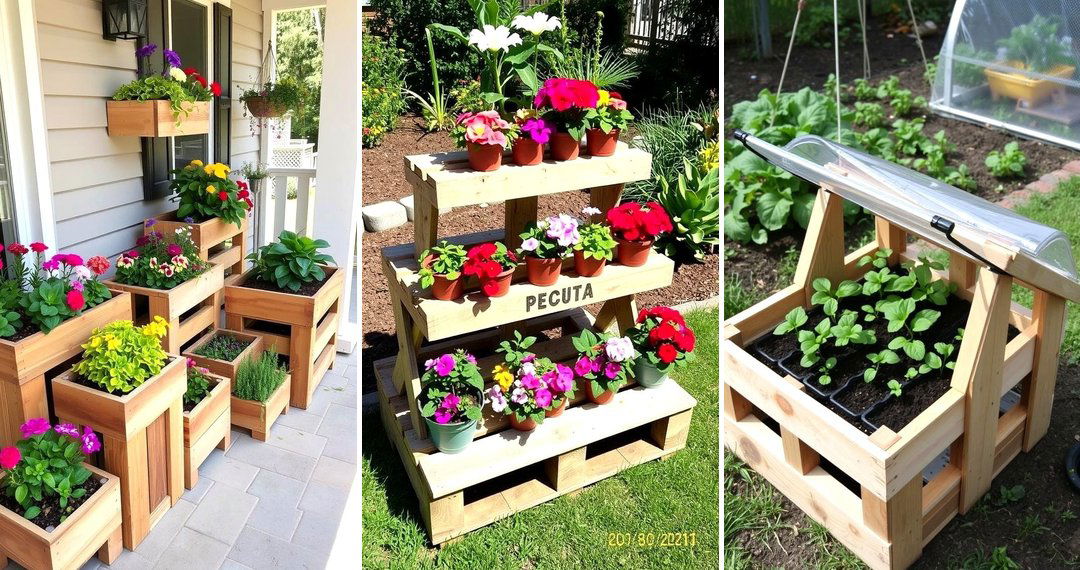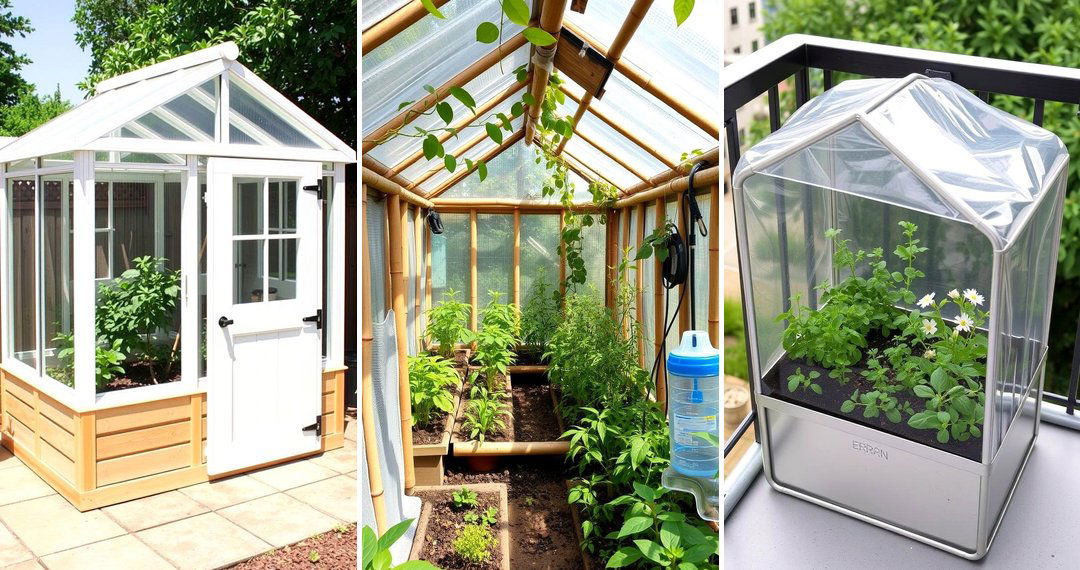Embrace the transformative power of outdoor learning through 24 School Garden Ideas that foster growth, creativity, and community spirit. A well-designed school garden not only provides hands-on learning opportunities but also promotes environmental stewardship, healthy living, and teamwork among students and educators alike. Innovative garden ideas can turn unused spaces into thriving, interactive outdoor classrooms that nurture curiosity and respect for nature. Discover inspiring projects that blend education with sustainability and let the vibrant world of school gardens spark your imagination.
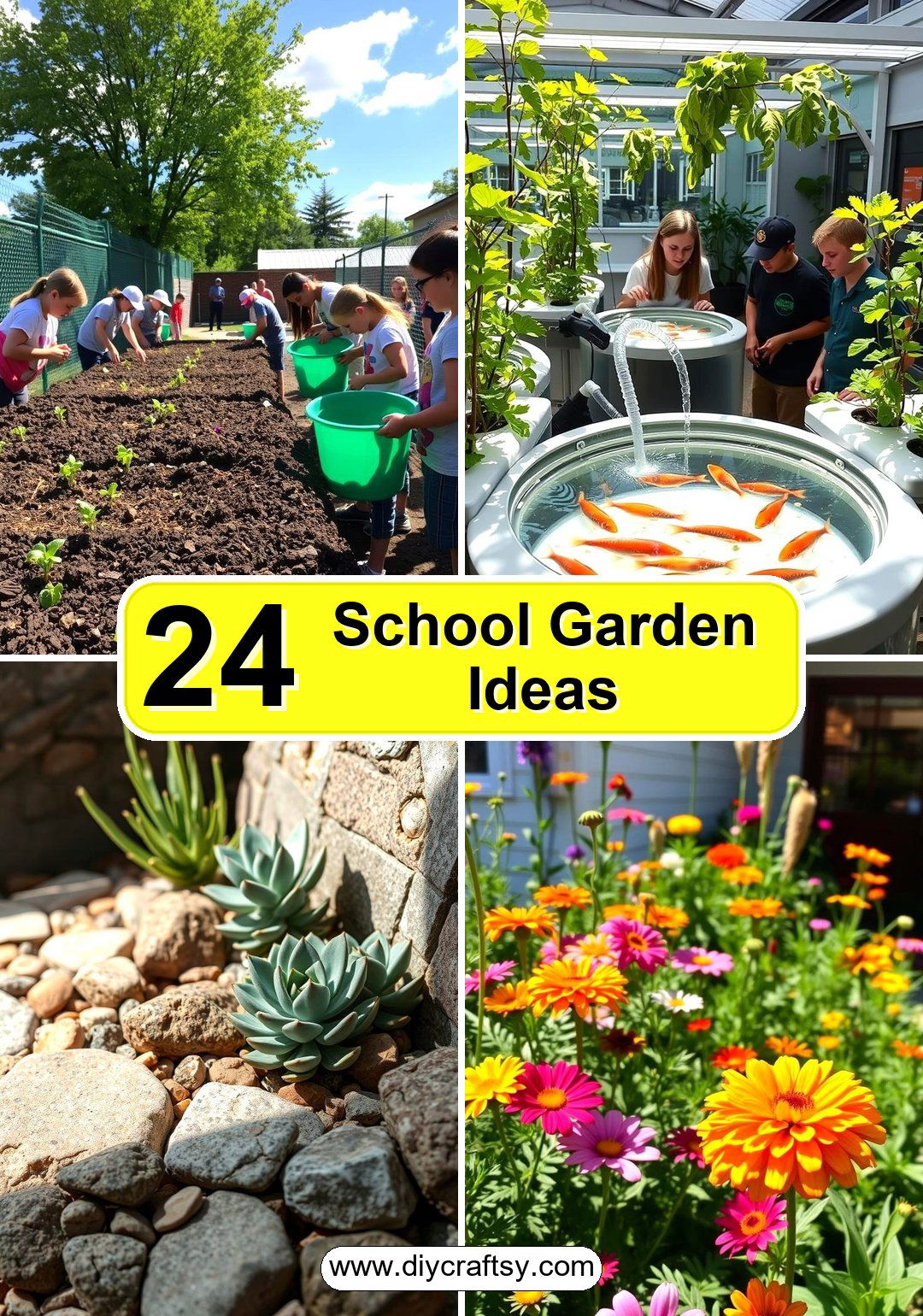
1. Vegetable Garden Plot
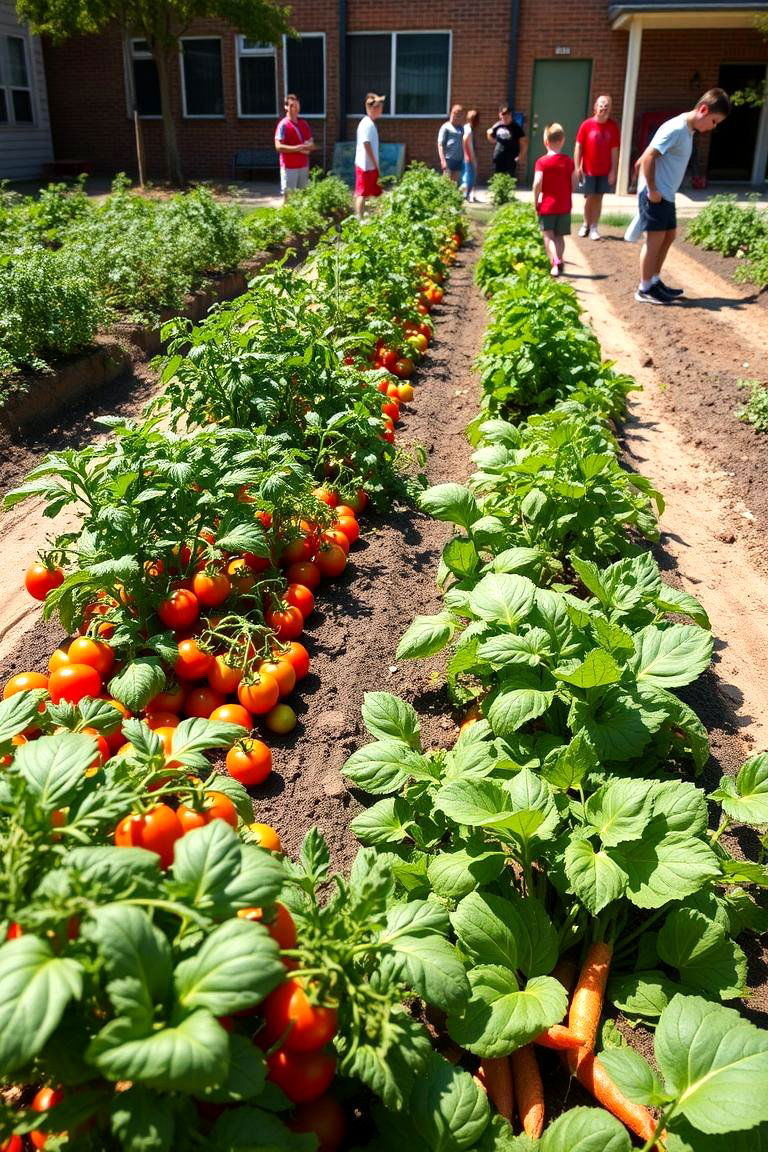
A vibrant vegetable garden plot can transform a schoolyard into a living classroom where students cultivate essential life skills. In this dynamic space, young gardeners learn to nurture tomatoes, carrots, and leafy greens while experiencing firsthand the science of growth and sustainability. Hands-on participation builds teamwork and instills a sense of responsibility. The process of planting, caring for, and harvesting vegetables provides both educational insights and tangible rewards. Engaging activities like composting and soil testing enrich the experience, making this garden idea a practical, eco-friendly educational tool.
2. Herb Garden for Learning

The aromatic herb garden for learning beckons curious minds to explore the diverse world of scents and flavors. In this engaging setting, students can cultivate basil, mint, rosemary, and thyme, discovering the culinary and medicinal benefits each herb offers. Hands-on gardening encourages responsibility and practical science experiments, while the sensory experiences of rubbing leaves and inhaling natural fragrances stimulate observation skills and creativity. This garden idea also supports lessons on sustainability and organic practices, making it an inspiring and educational outdoor space for budding gardeners.
3. Butterfly Garden
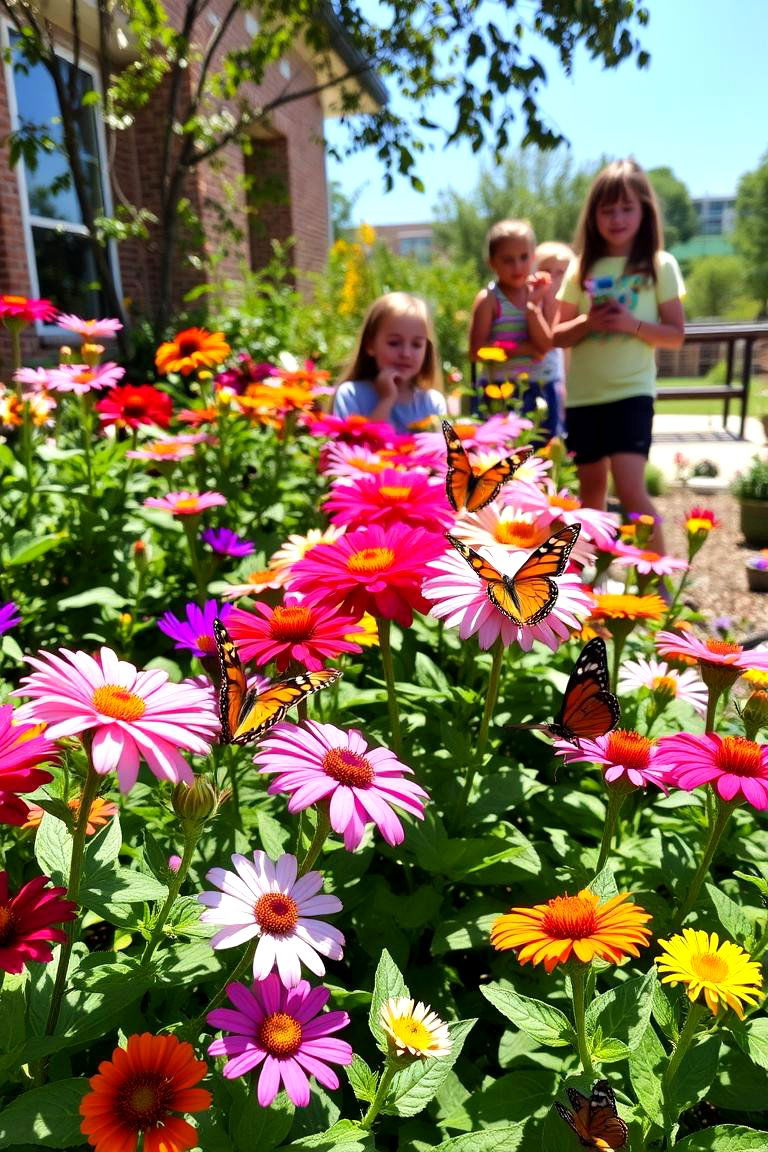
What if a butterfly garden could invite nature's artistry to your school grounds? This idea transforms any open space into a vibrant habitat filled with colorful blossoms and fluttering butterflies. Students learn about local species and the importance of pollinators while engaging in hands-on planting and maintenance. The gentle flutter of wings and the interplay of bright petals create an enchanting atmosphere that inspires creativity and environmental awareness. By incorporating native flowering plants, the garden becomes a living classroom that promotes biodiversity and nurtures a love for nature.
4. Sensory Garden
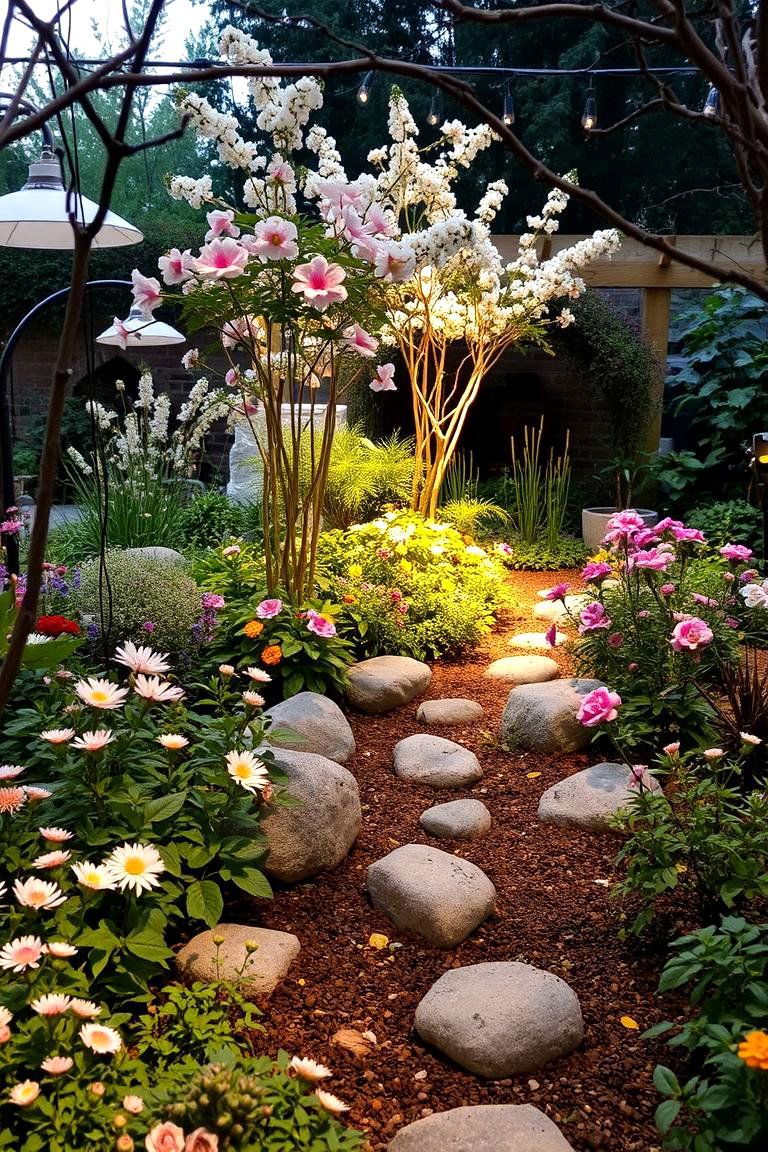
This immersive sensory garden creates an interactive environment that delights every sense. With carefully selected plants that offer rich textures, vibrant colors, and captivating fragrances, students explore the natural world through touch, sight, and smell. The garden encourages observational skills and provides a calming retreat from traditional classroom settings. As learners engage with soft moss, rough tree bark, and aromatic blossoms, they discover the science behind plant adaptations and environmental balance. This educational space promotes mindfulness, creativity, and hands-on learning, making it ideal for both academic and personal growth.
5. Raised Bed Garden
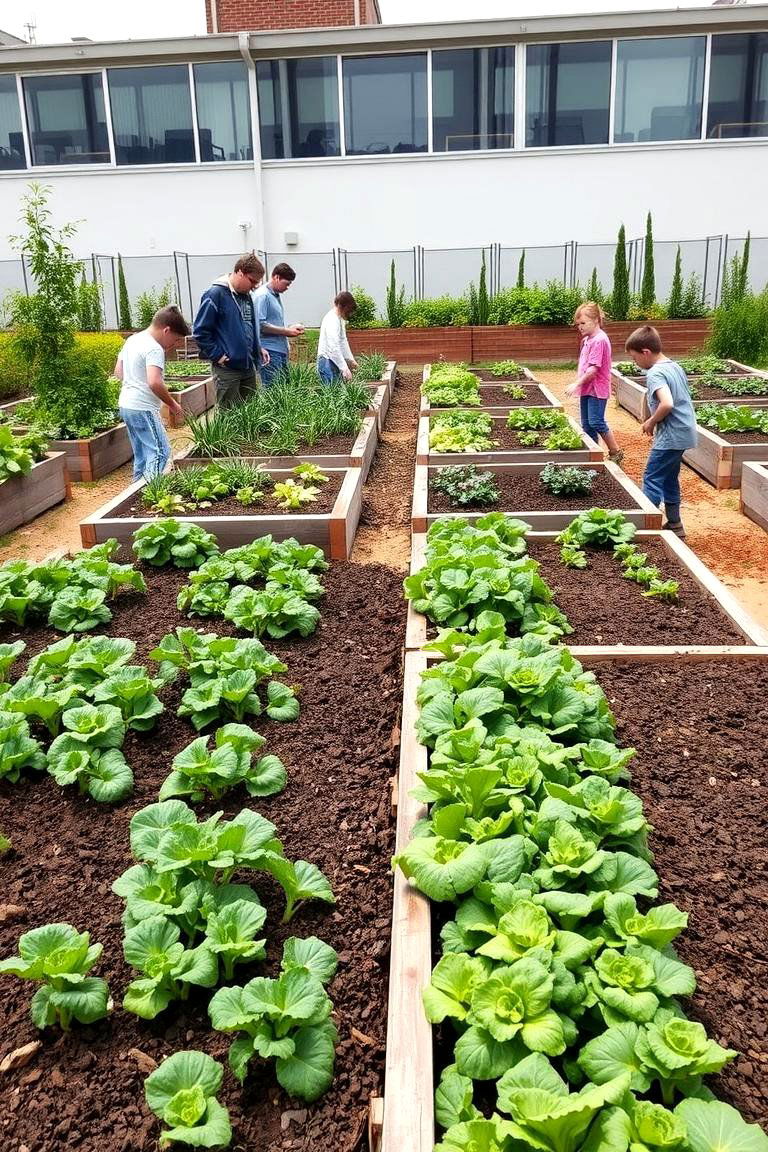
By creating a raised bed garden, students can experience modern agricultural techniques up close while enjoying a neat, organized growing space. Elevated beds reduce soil compaction and allow for improved drainage, making them perfect for teaching sustainable farming practices. This innovative design simplifies the gardening process and provides clear demonstration areas for planting, watering, and harvesting. As learners observe the benefits of structured soil management, they gain practical insights into plant nutrition and maintenance. This garden concept not only beautifies school grounds but also offers hands-on lessons in environmental responsibility and community engagement.
6. School Compost Garden
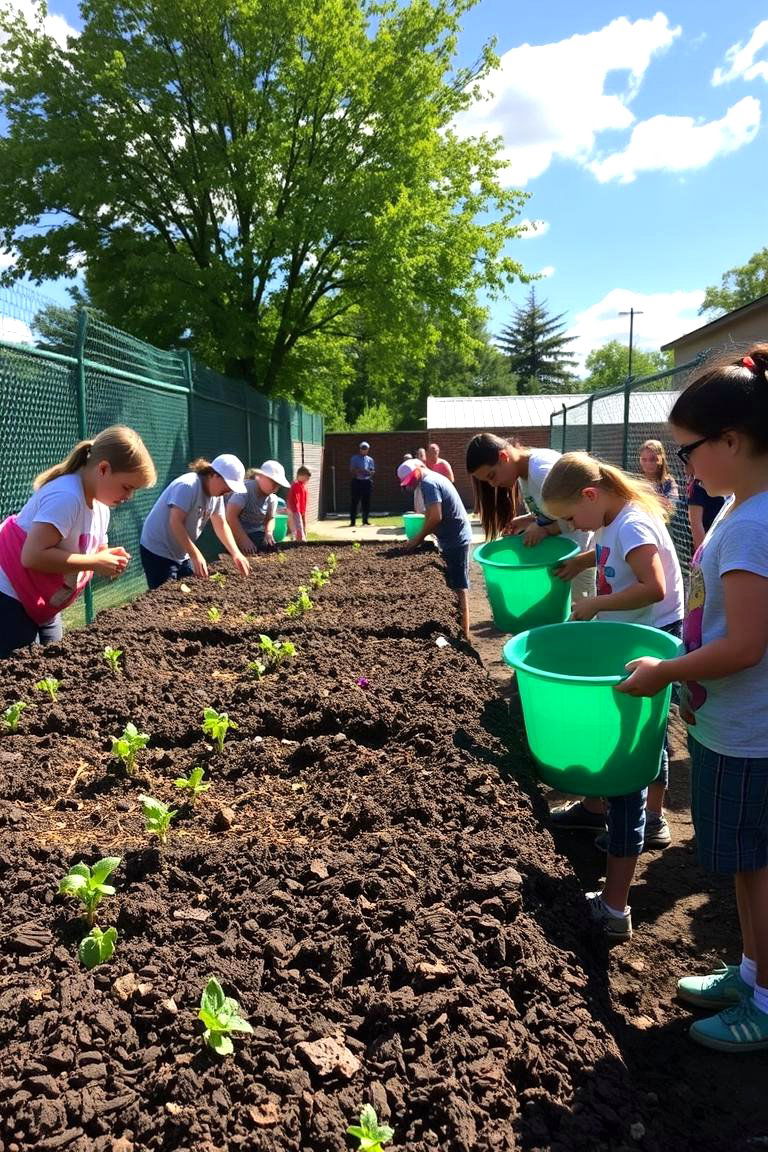
Another sustainable approach is the school compost garden that transforms organic waste into rich, fertile soil. In this eco-friendly project, students learn the cycle of decomposition and the importance of recycling nutrients back into the earth. The hands-on process of composting not only reduces waste but also deepens understanding of environmental conservation. By sorting, layering, and monitoring compost, learners gain practical insights into biology and sustainability. This garden idea instills a sense of responsibility and promotes green practices, creating a living lesson that benefits both the school environment and the planet.
7. Pollinator Haven Garden

By integrating a pollinator haven garden, school grounds burst into life with buzzing activity and vibrant blooms. In this lively ecosystem, students discover the critical roles bees, butterflies, and other pollinators play in nature. Hands-on involvement in planting nectar-rich flowers and creating bee-friendly habitats nurtures both environmental awareness and scientific curiosity. The garden provides an outdoor laboratory where lessons on biology, ecology, and sustainability come to life. This engaging project not only beautifies the campus but also fosters a deeper connection between students and nature.
8. Native Plant Garden
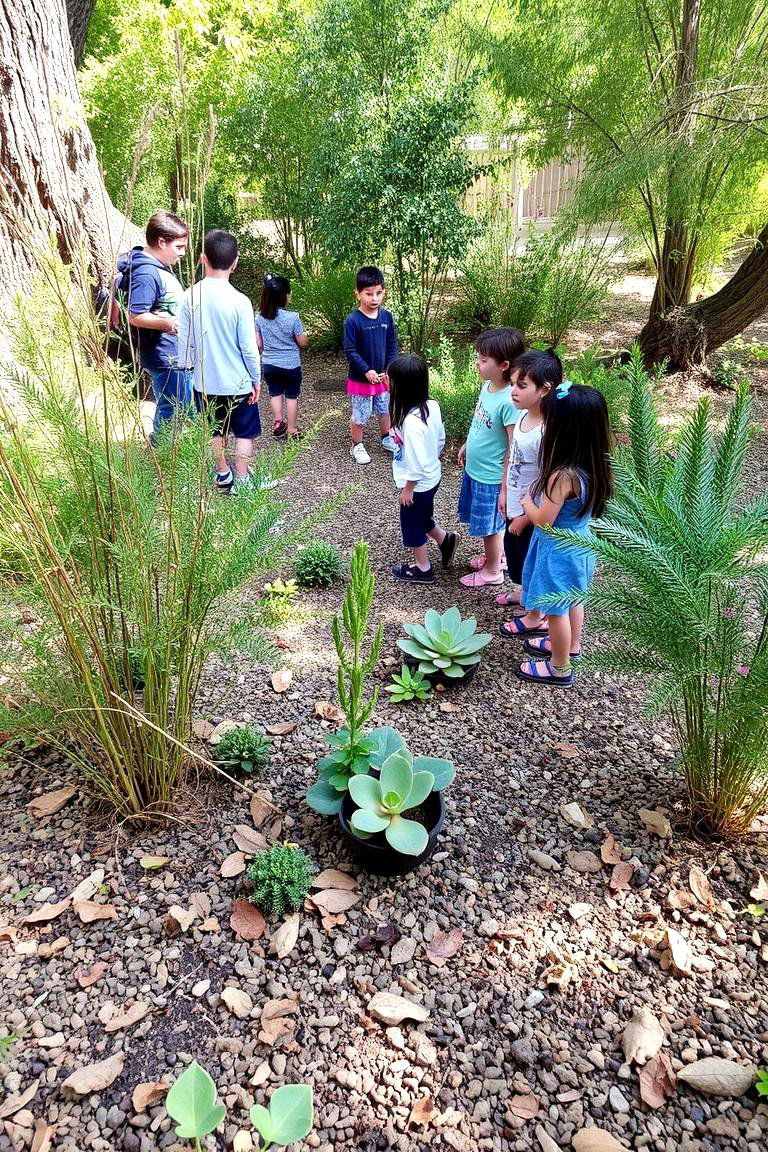
In a native plant garden, authenticity and local charm come together to create a sanctuary for indigenous flora. Students engage directly with plants that have evolved in their region, learning about ecosystems and the delicate balance of nature. The garden serves as a living textbook, illustrating the relationships between native species and their environments. Through practical activities such as planting and observing seasonal changes, learners build respect for local biodiversity. This project not only enriches science lessons but also fosters environmental stewardship and community pride through the celebration of native plants.
9. Greenhouse Exploration Garden

The greenhouse exploration garden opens doors to year-round learning, offering a controlled environment for students to experiment with plant growth. This sheltered space is perfect for cultivating exotic species and demonstrating the science of controlled climates. Learners get hands-on experience with temperature regulation, humidity control, and plant care, deepening their understanding of botanical science. The garden encourages innovative thinking and practical problem-solving as students adapt their methods to varying conditions. By blending technology with nature, this garden transforms into an interactive lab where curiosity meets inquiry.
10. Aquaponics System Garden
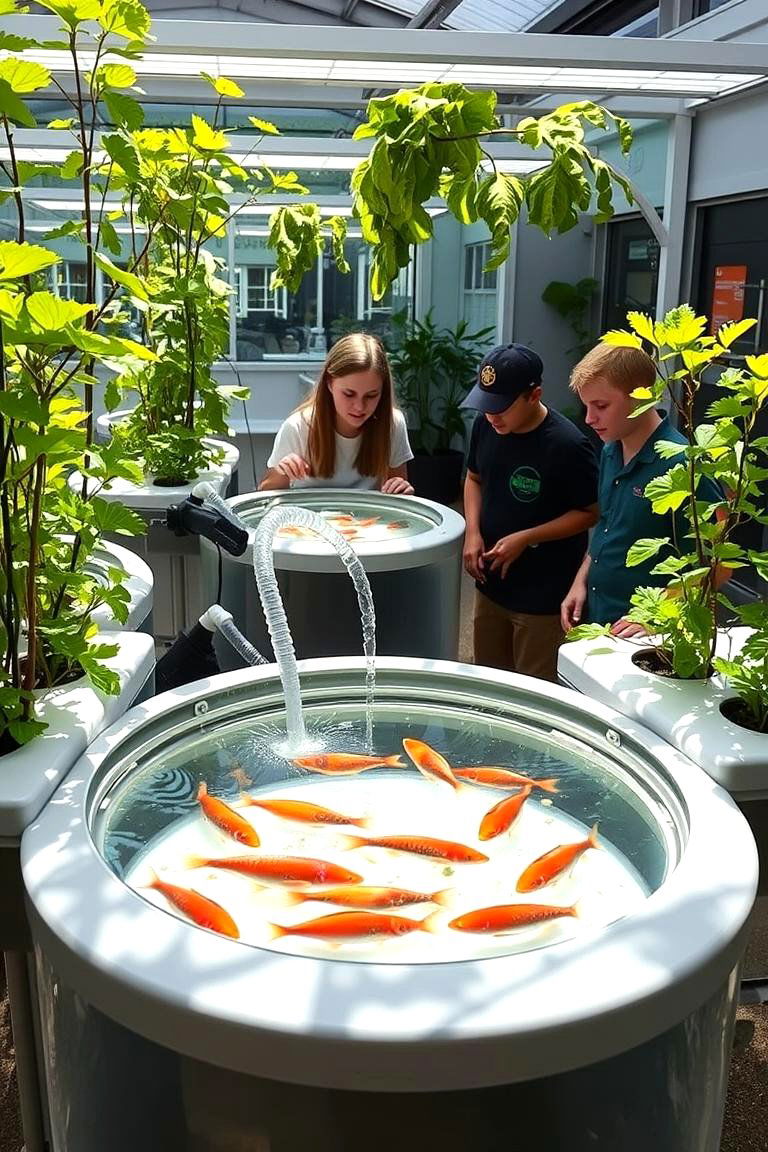
By integrating an aquaponics system garden, schools can blend agriculture with aquatic science in an innovative manner. This cutting-edge project combines fish farming with plant cultivation, where water enriched by fish supports the growth of vegetables. Students learn about the symbiotic relationships between aquatic and terrestrial ecosystems through direct interaction with the system. The garden fosters problem-solving and teamwork as learners monitor water quality, manage nutrient cycles, and observe growth patterns. This hands-on approach not only sparks interest in science and sustainability but also offers a futuristic perspective on food production.
11. Outdoor Classroom Garden
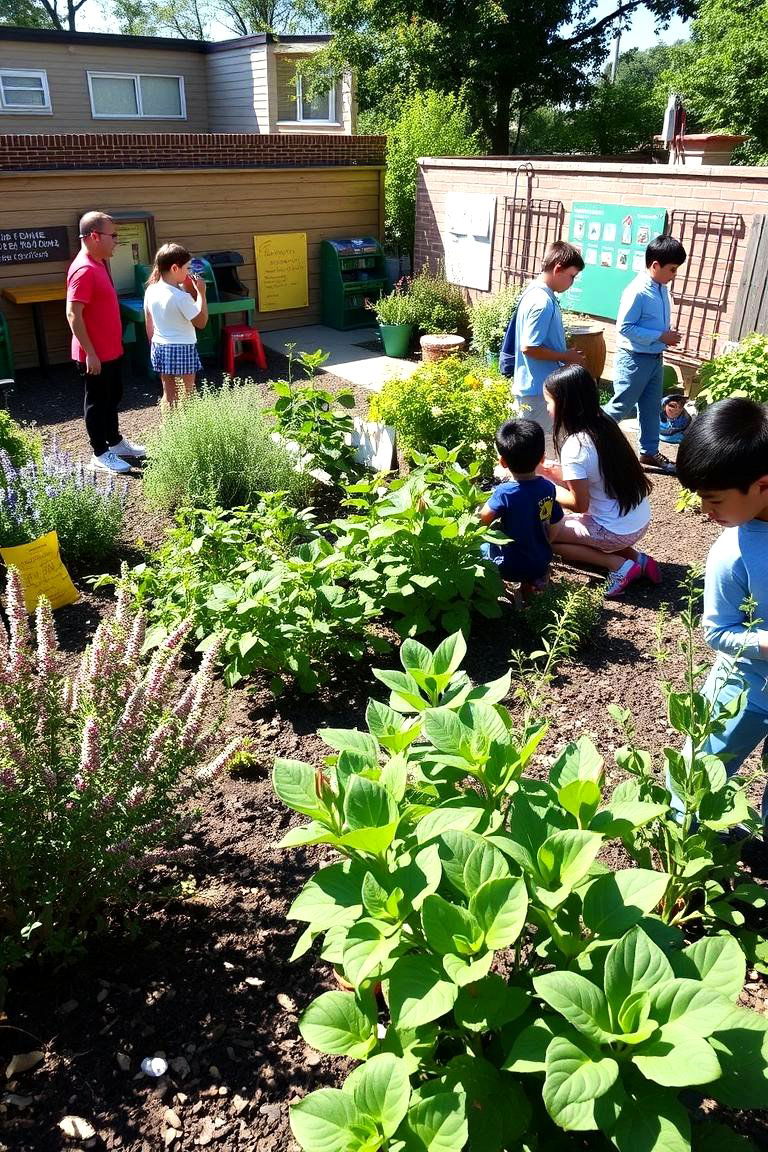
Looking at an outdoor classroom garden, education takes on a vibrant new dimension where nature and learning blend seamlessly. In this setting, students participate in real-life experiments—from soil testing to plant growth monitoring—making academic concepts more tangible. The garden serves as a dynamic venue for science, art, and environmental studies, encouraging interactive lessons beyond traditional walls. With each planting activity, learners gain practical skills and foster a deeper connection with the environment. This innovative approach enriches curriculum and promotes teamwork and creative problem-solving.
12. Edible Flower Garden

Surprisingly, an edible flower garden can add beauty and nutrition to school grounds by merging art with agriculture. In this unique space, students cultivate blossoms that are both decorative and safe to consume, learning about the dual purpose of plants. The garden introduces lessons on botany, culinary arts, and health as learners explore flavors and nutritional value. Engaging in this project builds confidence and promotes sustainable practices while encouraging creativity in garden design. This innovative idea transforms ordinary spaces into vibrant, interactive outdoor classrooms.
13. Fruit Tree Garden
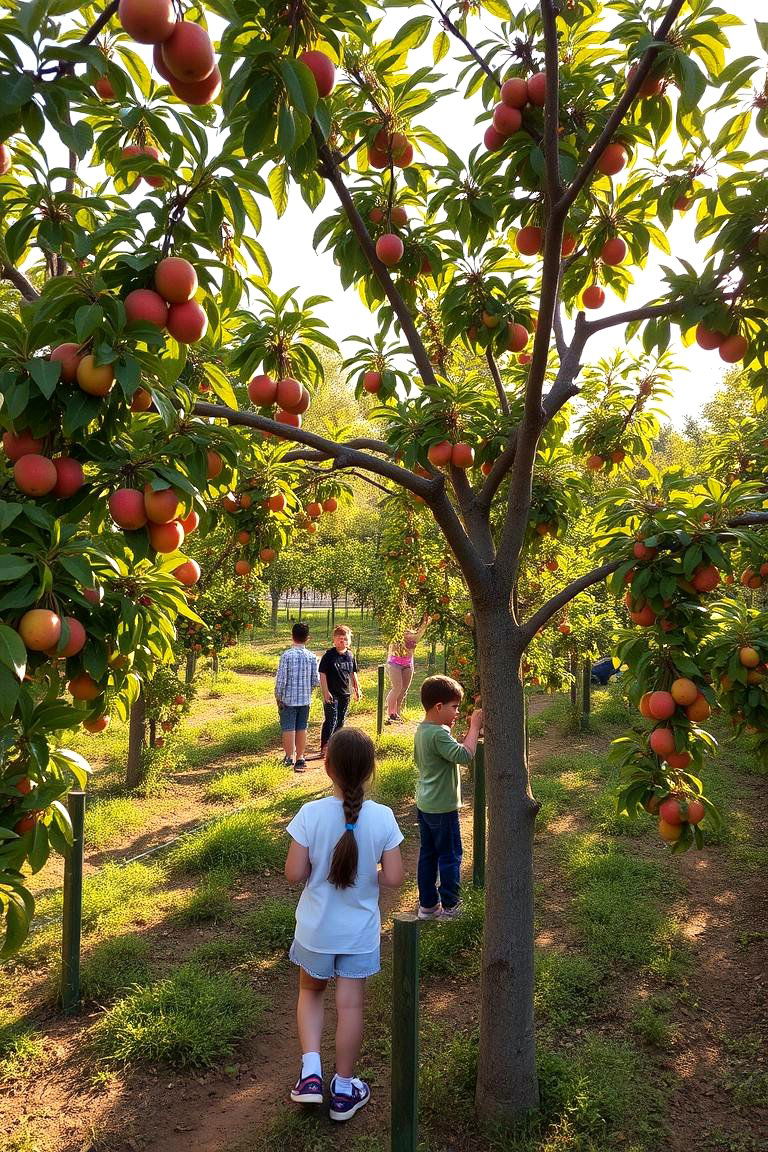
Consider a fruit tree garden that offers shade, beauty, and seasonal bounty, transforming the schoolyard into a refreshing retreat. In this outdoor space, students learn about the life cycles of trees and the science of fruit cultivation. Planting apple, pear, or citrus trees not only beautifies the environment but also creates opportunities for hands-on lessons in biology and agriculture. The process of nurturing saplings into mature trees instills patience and responsibility. This garden idea merges practical learning with the joys of nature, encouraging healthy eating habits and outdoor exploration.
14. Rainwater Harvesting Garden
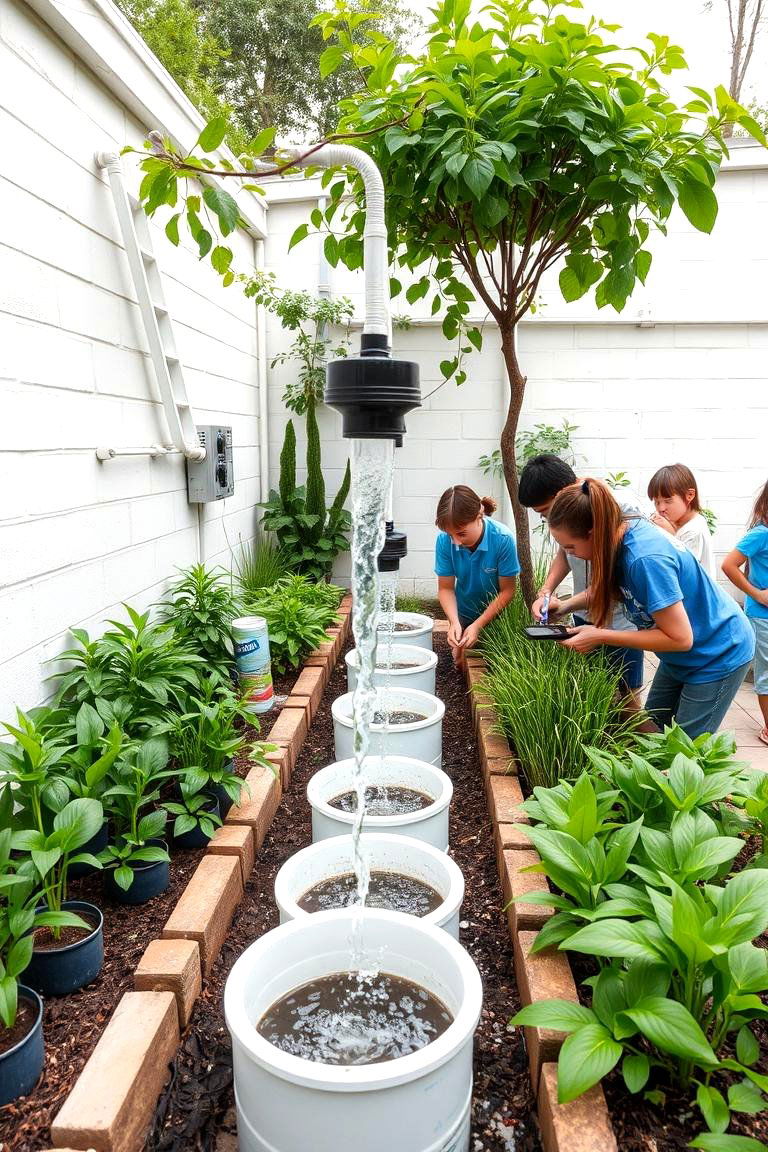
By designing a rainwater harvesting garden, students learn to harness nature’s resources efficiently while promoting sustainable water practices. This innovative setup collects and recycles rainwater to nurture a diverse range of plants, reducing dependency on traditional watering methods. The project provides practical lessons in environmental science and resource management, encouraging students to appreciate the value of every drop. Through hands-on experiments and maintenance, learners explore concepts of conservation and ecosystem balance. This garden not only enhances the school’s green space but also serves as a model for responsible water use in everyday life.
15. Rock and Succulent Garden
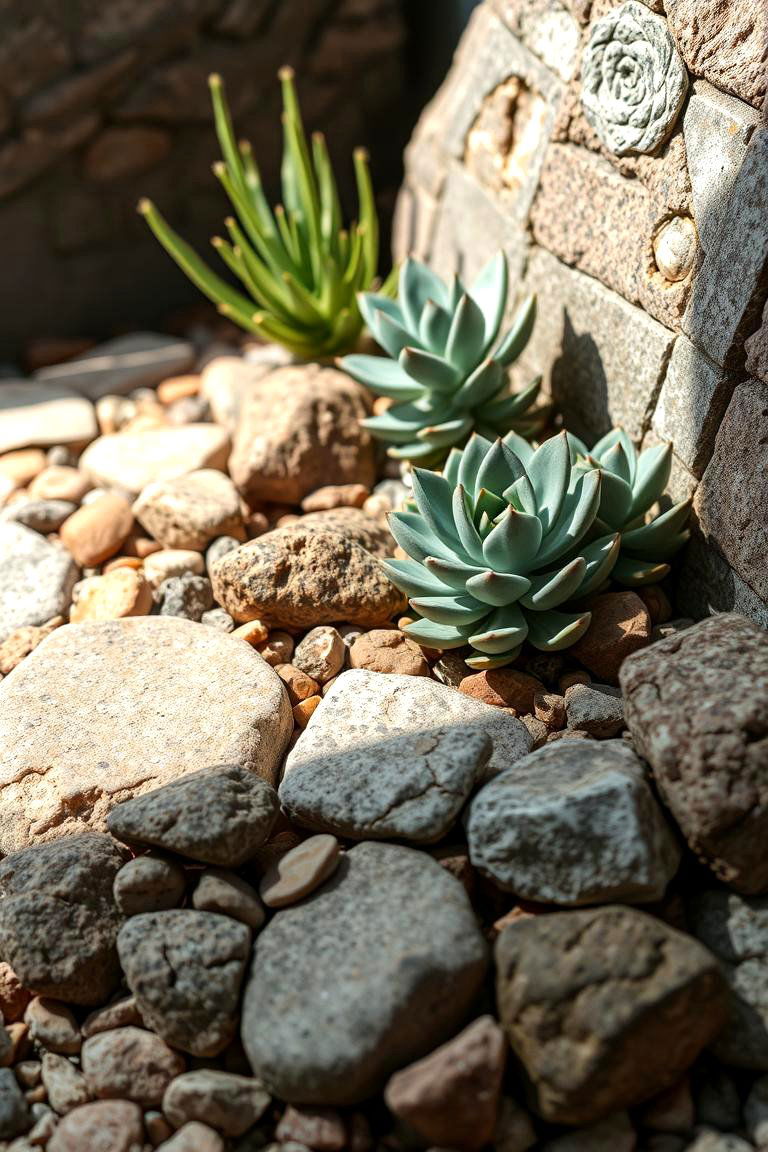
With a creative twist, a rock and succulent garden offers a low-maintenance, striking display that captures the essence of arid landscapes. This design incorporates a variety of textured stones and hardy succulents, making it perfect for demonstrating adaptation to challenging climates. Students learn about water conservation and the resilience of plant life in harsh conditions. The arrangement encourages careful observation of color and form while providing an inspiring, natural art installation. Practical and aesthetically pleasing, this garden idea introduces lessons in geology, botany, and creative design to young minds.
16. Container Gardening Initiative
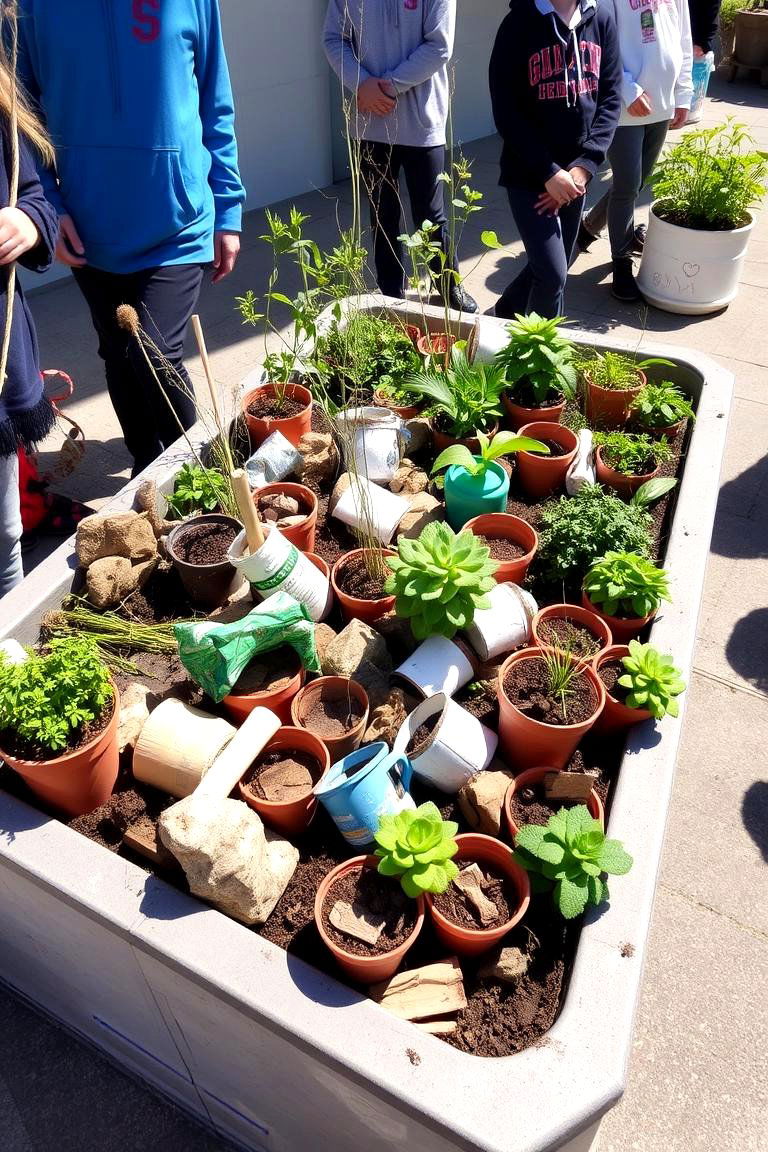
To maximize limited spaces, a container gardening initiative brings nature to any corner of the school environment. By using pots, barrels, and repurposed materials, students learn the fundamentals of plant care in a compact, versatile setup. This creative approach allows for seasonal rotations and experimentation with diverse plant varieties. Learners develop problem-solving skills while managing water, light, and soil conditions in a controlled space. The project also fosters creativity in designing attractive displays, turning small spaces into dynamic educational gardens that promote environmental awareness and sustainability.
17. Rooftop Garden Space

Atop school buildings, a rooftop garden space offers a fresh perspective on urban nature by transforming underutilized areas into vibrant green sanctuaries. This elevated garden allows students to explore gardening in unconventional settings while learning about climate, air quality, and urban sustainability. The project encourages creativity in design and offers practical lessons in botany and environmental science. With careful planning and safety measures, the rooftop becomes a dynamic outdoor classroom, fostering community involvement and a deeper appreciation for green spaces in city environments.
18. Garden Art and Sculpture Project
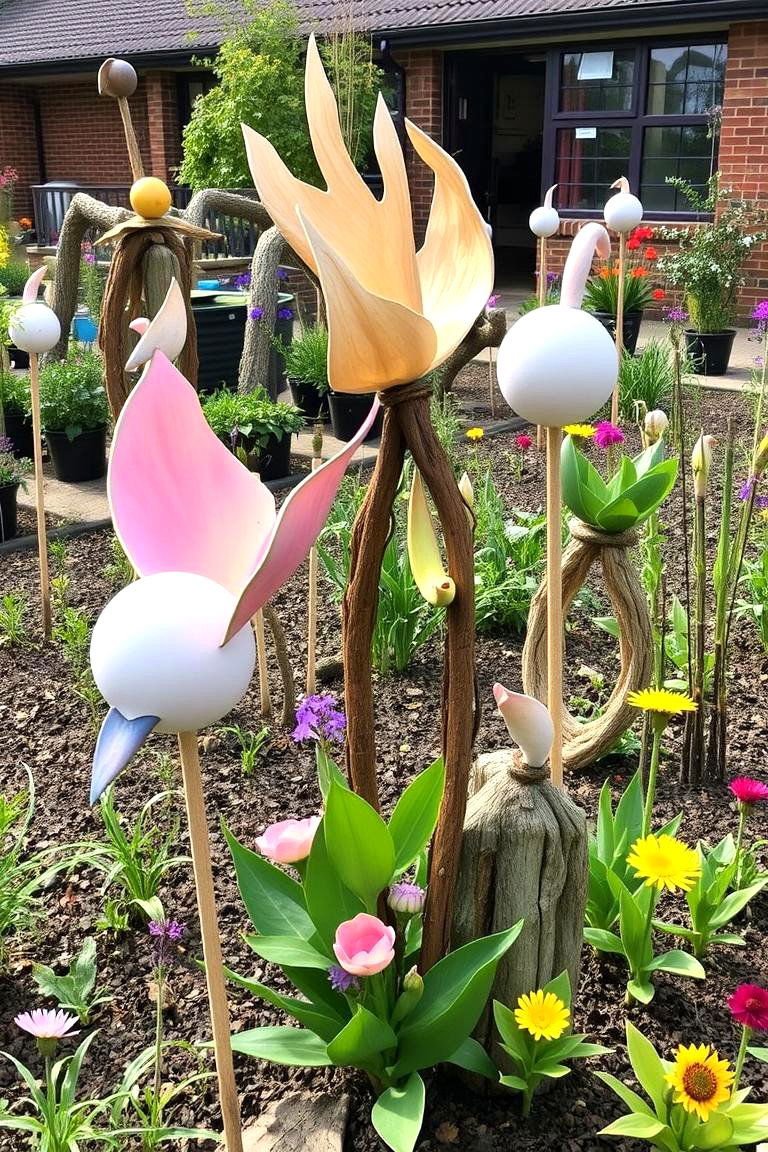
Another inspiring idea is the garden art and sculpture project that infuses creativity into nature by blending artistic expression with horticultural practice. In this engaging space, students collaborate to design and build outdoor installations using recycled materials, natural elements, and innovative designs. The process not only develops artistic skills but also reinforces lessons in sustainability and resourcefulness. As learners work together on sculptural pieces and decorative garden features, they cultivate teamwork and problem-solving abilities. This project transforms the school grounds into a living gallery that celebrates creativity and environmental awareness.
19. Cultural Heritage Garden
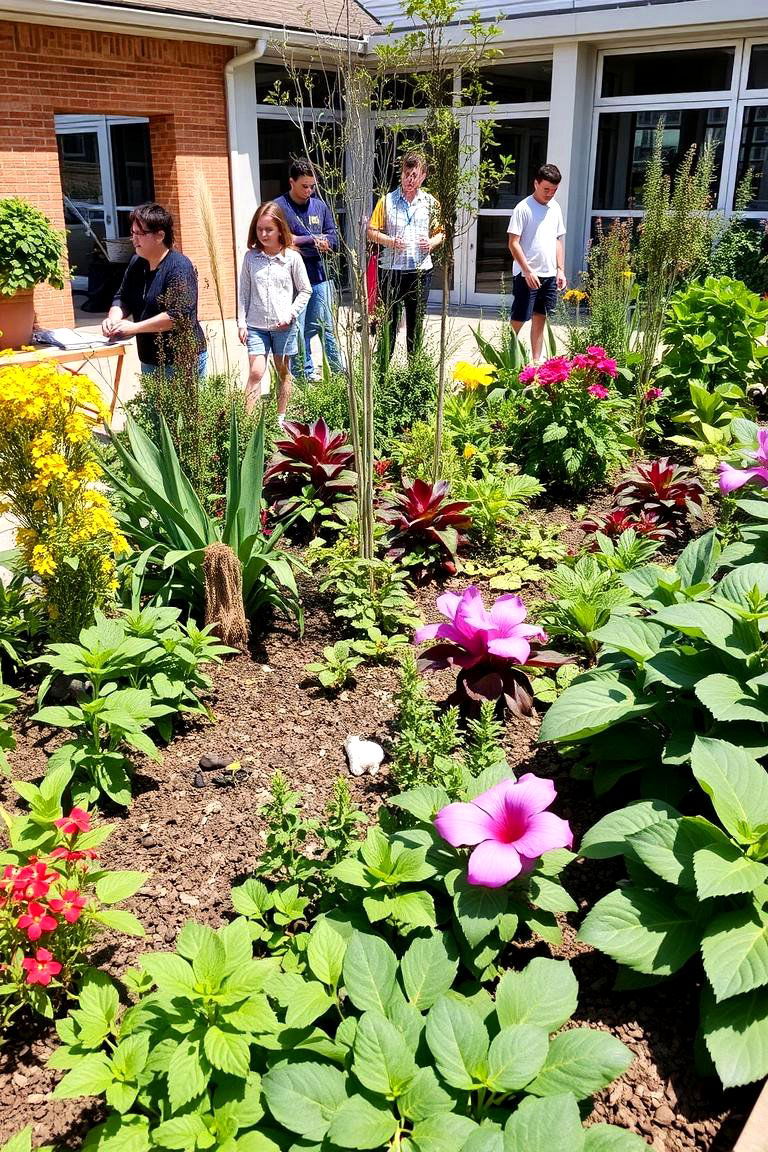
By exploring a cultural heritage garden, students celebrate diverse traditions through plants native to different regions and historical eras. This garden is designed to reflect the multicultural tapestry of the community, incorporating species with symbolic meanings from various cultures. As learners participate in planting and care, they gain insights into historical agricultural practices and the significance of food in cultural identity. The project encourages respect for diversity while providing engaging lessons in history, botany, and social studies. Such a garden nurtures both academic growth and cultural appreciation in a creative, living setting.
20. Community Collaboration Garden

These collaborative projects extend learning beyond the classroom with a community collaboration garden that invites local participation and shared responsibilities. In this interactive space, students, teachers, and community members work side by side to cultivate a thriving garden, blending educational goals with social engagement. The initiative promotes mutual respect, teamwork, and a deeper understanding of sustainability practices. Hands-on tasks such as planting, weeding, and harvesting encourage practical skill development and foster a sense of community pride. This garden serves as a dynamic hub for environmental education and community bonding.
21. Microgreen Experiment Garden
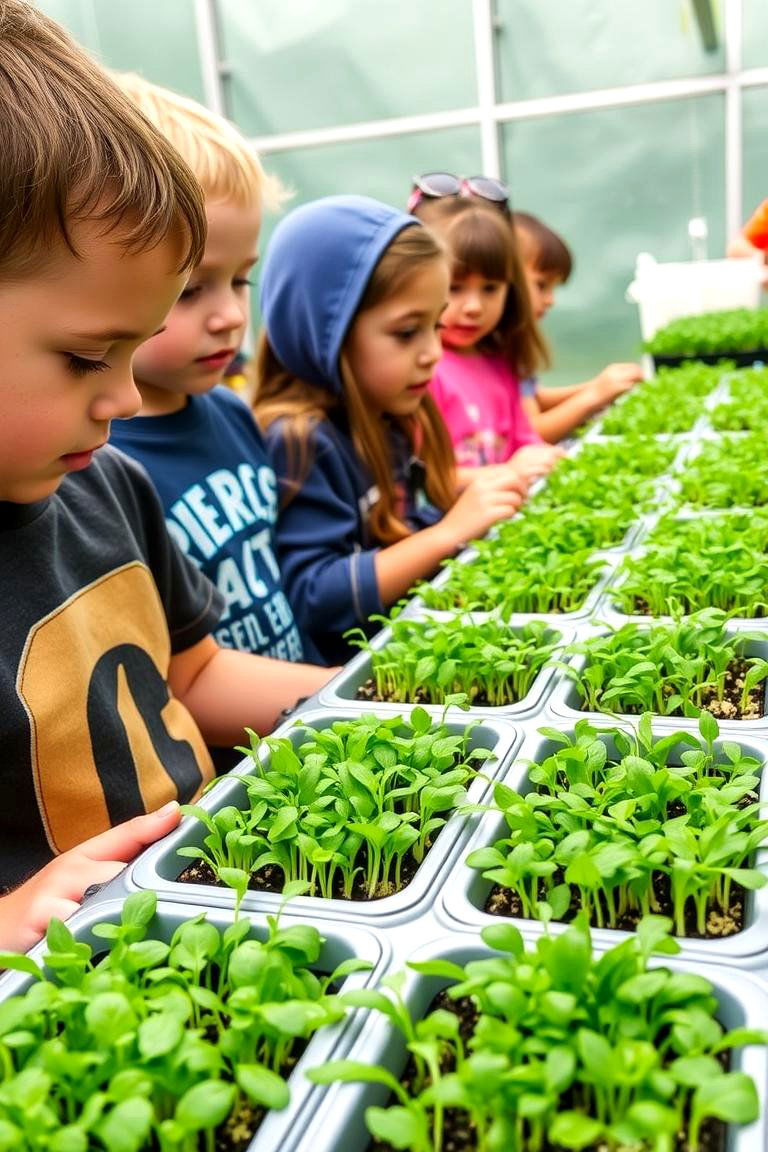
Taking a scientific twist, a microgreen experiment garden introduces rapid growth studies and quick harvest cycles that captivate young minds. This innovative project allows students to observe the entire life cycle of plants in a condensed timeframe. Microgreens, known for their nutritional benefits and fast growth, become a hands-on tool for lessons in botany and chemistry. Learners experiment with various seeds, light conditions, and water amounts, fostering analytical skills and curiosity. The compact nature of microgreens makes this garden idea ideal for urban schools with limited space, proving that impactful learning can flourish anywhere.
22. Seasonal Planting Garden
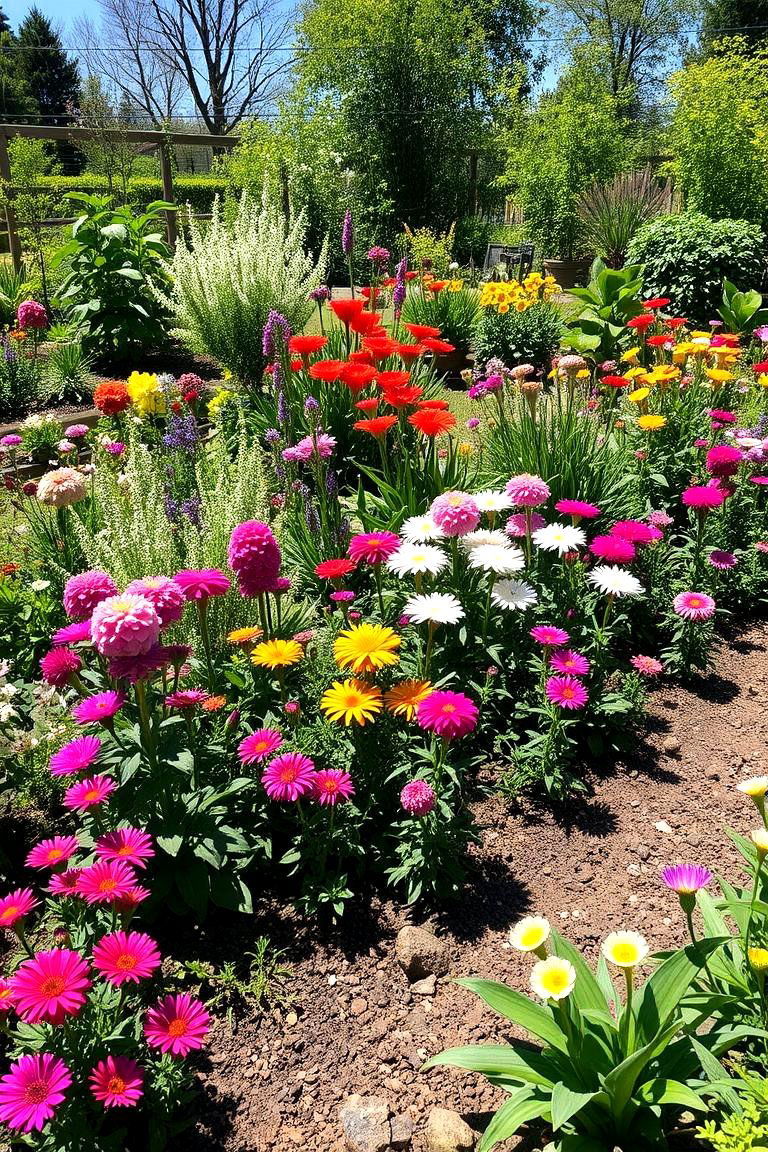
Under changing skies, a seasonal planting garden illustrates nature’s dynamic rhythm and the beauty of cyclical growth. This garden idea focuses on planting species that bloom in different seasons, providing year-round learning opportunities. Students engage with the natural timing of life cycles, understanding how weather and daylight affect plant development. Practical lessons in biology, climate, and agriculture emerge as learners observe, record, and celebrate seasonal transformations. The ever-changing landscape keeps the garden exciting and educational, offering a living demonstration of nature’s continuous evolution and resilience.
23. School Kitchen Garden

By integrating a school kitchen garden, learners experience the farm-to-table journey firsthand, connecting agriculture with culinary creativity. In this hands-on space, students cultivate vegetables, herbs, and edible flowers while exploring cooking techniques and nutritional science. The garden becomes a vibrant source of fresh ingredients, inspiring healthy eating habits and sustainable practices. Practical lessons in soil care, harvesting, and seasonal produce foster a deeper appreciation for food origins. This immersive project not only enriches the curriculum but also encourages teamwork, responsibility, and innovative thinking in creating delicious, nutritious meals.
24. Science Lab Garden

Finally, a science lab garden turns outdoor spaces into interactive research hubs where academic theories meet nature. In this innovative setup, students conduct experiments on plant growth, soil composition, and environmental factors, linking classroom science to real-world observations. The garden encourages exploration, critical thinking, and hands-on problem-solving as learners test variables and analyze outcomes. With each experiment, the outdoor lab reinforces lessons in biology, chemistry, and ecology. This garden is a dynamic platform for scientific inquiry, transforming the school grounds into a living laboratory that inspires future innovators and environmental stewards.
Conclusion:
This collection of 24 School Garden Ideas showcases innovative ways to blend education with nature. Each project—from vegetable plots to interactive science labs—offers practical learning experiences that foster environmental stewardship, creativity, and teamwork. These ideas enrich academic curricula while building community spirit and sustainable practices. Embracing outdoor classrooms and hands-on gardening empowers students to explore science, history, and art in natural settings. Every school space can transform into a vibrant, educational oasis that nurtures growth and inspires lifelong learning.



